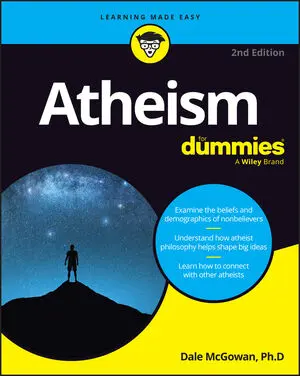A movement called The New Atheism was born the moment religion flew planes into buildings on September 11, 2001. Though atheists had been around for centuries, the horror and clarity of that moment, and the very clear part played by religion, was the last straw and a call to action for countless nonreligious people.
A powerful, unapologetic new form of atheism grew up in response to that moment, including countless books and blogs calling for an end to the free pass from criticism that religion has traditionally enjoyed.
A huge upsurge in atheist thought, identity, organization, and action followed the initial wave. Driven by the young medium of the Internet, the freethought movement did in ten years what many other social movements take generations to achieve.
A quieter, more humanistic, but no less passionate form of disbelief rose up in the wake of the New Atheists — one that makes an effort to discern between benign and malignant expressions of religion, seeks common ground between the religious and the nonreligious, and focuses on building humanist community and defining a positive vision for the future.
These two sides of contemporary atheism spend a lot of time kvetching at each other over the best way forward. Though it does break a little china, kvetching can be a good way of sorting good ideas from bad.





